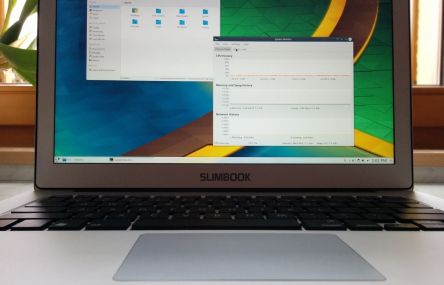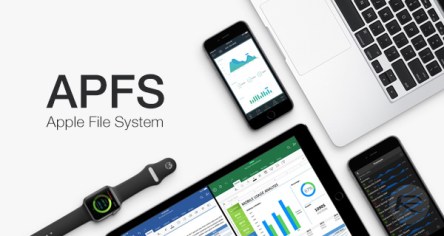The world has three major personal computing platforms: Microsoft Windows, macOS and Linux kernel-based. Though there is no reliable way to know the exact usage share of each of these operating systems, there are estimates. A recent stack overflow web developer survey says that usage among English speakers is broken down as follows: Microsoft Windows – 52.02 percent; Apple macOS – 26.2 percent; Linux kernel based – 21.7 percent. Despite benefits as an independent, open-source platform, Linux is the orphan child. Unlike Apple, which is dedicated to making sure hardware and software work in sync, and unlike Windows’ licensing fees and requirements to ensure that hardware providers come up with proper drivers and support, Linux users can go through hoops to get running on different hardware. The usual method to get Linux on a computer typically involves digging for information on multiple forums, using how-to-guides and hoping that at least one other member of the community has experienced the issue that you’re facing. You’re probably familiar with this scenario: desktop Linux user buys a Windows laptop, wipes the hard drive and installs Linux on it. Afterwards, he realizes that he is on his own, with no support from the laptop manufacturer. That’s the life of a Linux user— solitary as a trade-off for safety. This segment of users has seen an ever-rising interest from manufacturers—Dell has been selling Ubuntu versions of their XPS laptops for a few years now, as has System76 and Lenovo. More recently, the KDE community in collaboration with Spanish laptop retailer Slimbook launched their very first KDE laptop. Their goal is not (just) to make a lot of money, but through its homogenized hardware to bring Linux to more users. KDE is an international team cooperating on development and distribution...
Apple’s APFS System...
New File Features
It’s not easy to believe that tech-savvy Apple uses a file system that was developed more than 30 years ago. That’s right, 30 years ago, when floppy disks and spinning hard drives were considered cutting-edge technology. The good news is that this cycle is coming to an end. Apple announced that 2017 comes with the new Apple File System or APFS. What does it mean? The current file systems used by Apple are HFS & HFS+. These were never actually built for storage devices storing data measuring Gigabytes. HFS was introduced in 1985 when the Mac 512K (yes, that represents memory storage) was the company’s flagship. HFS+, shipped in 1998 on the G3 PowerMacs with 4GB hard drives, represented a serious iteration. However, since 1998, the typical storage capacity of a home computer has increased by a factor of over 1,000. Something needed to change. APFS has been developed from scratch to scale uniformity across all their devices. From the Apple Watch to the Mac, all Apple devices will use APFS as their default file system in the coming years. Encryption One of the most important and useful features is encryption. The new file system will offer three options for how to encrypt their data: Unencrypted—a user can choose to not encrypt their data at all. Of course, this is not at all advisable, especially if you have any sensitive data on your laptop; Single Key Encryption—has the exact same functionality as the FileVault does on a Mac at the moment. It will encrypt the data, requiring a key to access it. Multi-Key Encryption—is a thing of beauty. This feature will enable users to create multiple keys for different files, or even parts of files. In other words, your entire disk will be encrypted,...


